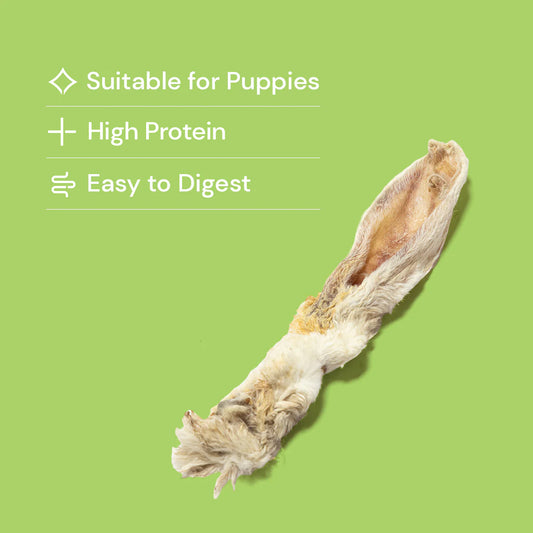
Written by Georgia Hatton)
It is estimated that approximately ⅔ of dogs aged over 3 years suffer from some degree of dental disease, making it the most common medical condition to affect them. Whereas humans are more likely to suffer from cavities and tooth decay, for dogs the main type of dental disease is periodontal disease. This refers to the inflammation and infection of the teeth and surrounding tissues, including the gum and jaw, caused by tartar buildup.

The mouth is full of bacteria and this attaches onto the tooth surface to form an invisible biofilm called plaque. Some of this plaque is removed by the tongue, or is washed off by saliva, and a small amount is actually beneficial to a healthy microbiome - but too much leads to dental disease.

Minerals in saliva are deposited onto the plaque, causing it to form tartar, a hard layer over the teeth. This increases the surface area of the tooth, attracts more bacteria and brings it into contact with the gum line - leading to gingivitis - inflammation of the gums. This tartar can only be removed by a veterinarian, under anaesthetic. If left untreated, the inflammation and subsequent infection gets deeper into the gumline and can eventually spread into the tooth socket and destroy the bone, leading to tooth loss.
When dental disease in dogs leads to gum damage, it can allow an opening into the bloodstream for bacteria and inflammatory compounds to enter, and this can have serious effects - dogs with periodontal disease are more likely to suffer from kidney, liver and heart disease. This was the case for Joey, our rescue whippet, who by 6 years old had had such poor dental hygiene he had over half of his teeth removed. The pain he had been in with his teeth led to behavioural issues - he didn’t want dogs to come near his face! Whilst removing the teeth removed the immediate source of infection, it led to chronic kidney disease, which ailed him for the rest of his life.
It is clearly essential to keep on top of your pets oral hygiene!
As with humans, the best way to do this with your dog is to brush their teeth daily. This removes the plaque biofilm before it has the chance to form tartar. Unfortunately many owners don’t do this - and this leads to dental disease.

Whilst daily brushing is the best option - sometimes owners are busy, or dogs don’t tolerate it! Other options include plaque busting supplements that go on their dog's food or in their water to soften the plaque and aid its removal. Whilst diets high in sugars - such as those found in the carbohydrates used as fillers in many commercial pet foods and treats - haven’t been linked to dental disease in dogs in the same way as they are in humans, we believe that natural is best.

Chewing natural treats is good for your dog's dental health. The chewing action manually scrapes the biofilm layer off the teeth, and promotes saliva production. This is then swallowed alongside the treats - taking the bacteria away from the teeth and into the stomach. Especially hard treats, such as antlers, hooves and yak bars are good for many dogs as they promote this scraping action - but should be used with caution. They are harder than the teeth are - so aren’t advised for power chewers who may be at risk of fractured teeth. Dogs who are happy to gently gnaw on them though will enjoy it.

Our treats can be filtered on the website to find our recommendations for dental treats. These recommendations are not alternatives for vet care and cleanings, but can be fed alongside a comprehensive oral hygiene programme.
In our next blog we will look at the best treats for dogs who have had teeth extracted.





























